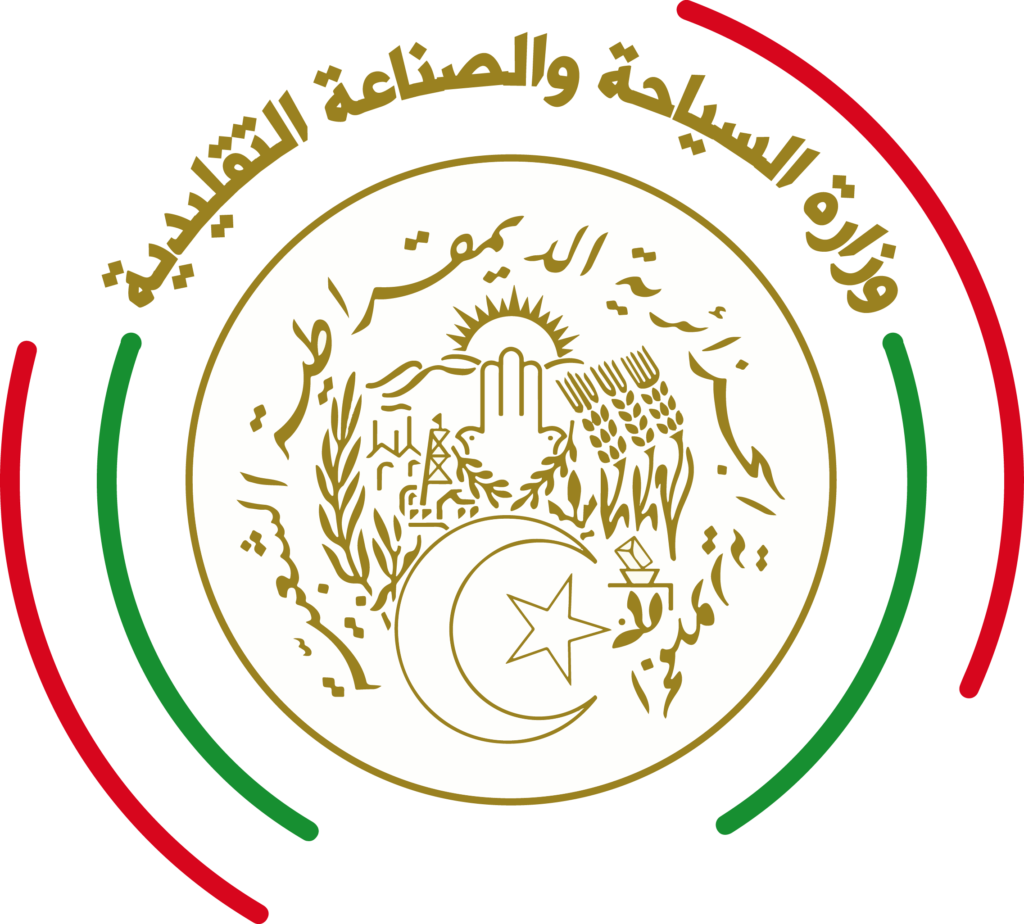Algerian Culture
- Home
- Discover Algeria
- Algerian Culture
Algeria, a strategic crossroads and a welcoming land for various civilizations that have invaded and enriched it with their imprint, possesses a cultural heritage of inestimable richness. These peoples have left their mark on Algerian arts, architecture, and traditions. Many cities in the country still retain the vestiges of ancient Phoenician, Numidian, and Roman cities.
A Rich Past and Remarkable Vestiges
The history of Algeria before the Roman invasion, often overlooked, is nevertheless long and fascinating. Numerous vestiges of the Numidian period, perfectly preserved to this day, testify to the crucial role played by Algeria in the history of the Mediterranean basin. Cities like Tipaza, Cherchell, Djémila, Timgad, and Ténès still bear the traces of this glorious heritage. It is important to note that the concentration of archaeological remains is mainly located along the coastal strip and in the northern part of the country. In the South, the traces of past generations extend far beyond, as evidenced by the many rock engravings dating back to the Neolithic, illustrating the daily life of the nomadic ancestors of the Sahara.
Traditional Craftsmanship: Ancestral Know-How
The geographical diversity of Algeria is reflected in its traditional crafts, each region having developed its own techniques and products according to its environment and needs. Thus, coastal populations have specialized in activities different from those of oasis dwellers or the Sahara, each with its own needs and resources.
Algerian traditional craftsmanship dates back to the dawn of time, to the beginnings of humanity. Living in caves and caverns, the first humans were entirely dependent on nature for their subsistence. Vestiges discovered in southern Algeria, in the Hoggar region, indicate that these populations used clay and pottery to make their household utensils. Some rural tribes in these regions still perpetuate this ancestral know-how today, making and using objects such as large clay containers attached to the outside of houses to store cereals in anticipation of winter. These objects, locally called “kwares,” were once used throughout the country for the same purpose.
Traditional artisanal industries are defined as manual work carried out at home, often by women. They encompass a wide range of products, including pottery, textiles, decorated furniture, copperwork, silver jewelry, and traditional clothing, particularly carpets. Rural populations are generally the most attached to these ancestral traditions. Many families continue to make these products and sell them, especially in tourist areas. These artisanal creations are an authentic expression of Algerian identity and history.


